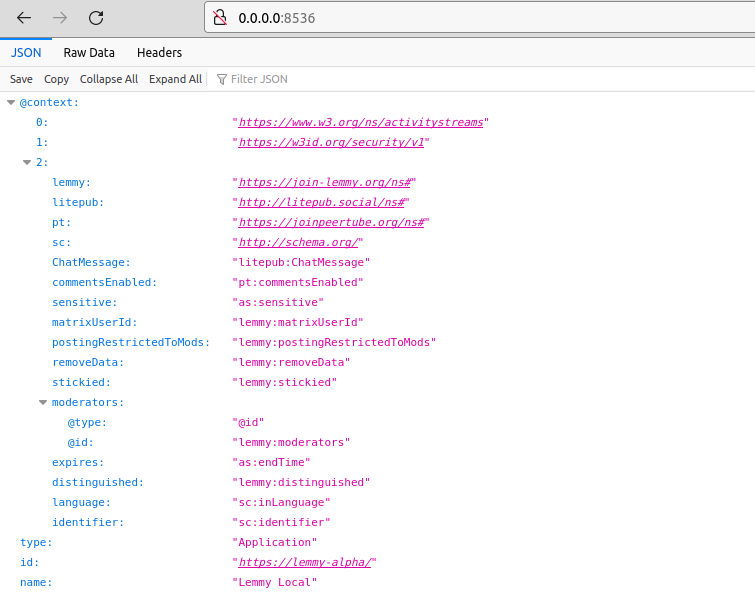The lemmy backend doesn't have a UI, all it talks is JSON through APIs. That's what lemmy-ui is for, it's the UI that goes on top. It's also why the default setup overlays it on top of the backend: they're meant to work together where the UI handles browser requests, but if it's a JSON/API request then it goes to the server instead. They provide the same data in different formats on the same URLs.
Lemmy Support
Support / questions about Lemmy.
@max-P thanks for the quick reply. but please tell me how can I manage my users the lemmy-ui has limited features.
You just go directly to the user's page, and from there you can do things like ban/delete/purge.
As for communities, you can promote users to moderators via the 3 dots overflow menu once they have posted/commented on a community.
Otherwise, there just isn't really a user management page or system. It's a bit clunky but that's how it works at the moment.
You just go directly to the user’s page, and from there you can do things like ban/delete/purge.
I've created a test account, but emails didn't work to verify and now I have an account I can't resend verification and there isn't a purge button.
How exactly do you purge a user?
What would you like to manage?
If you know SQL, you can view your users in the database directly.
I actually manage my users like wants to see which user subscribed to the community, randomly send alerts to users, etc.
I am very much familiar with SQL queries, but it is hard to run queries all the time.
randomly send alerts to users
typically you make yourself moderator of a community or as admin of a site you can feature a post, make it appear at the top of the listing
You… can’t. Well only directly via the database if you really want to…
It is a big portal.....it should have the backend
Management of an instance is very limited and incorporated in the frontend.
I am not a good enough developer to make PR’s to the open source codebase, but someone reading this might be…
I think a replacement of the banned user list by a list of the users on your own instance might help a lot. Makes it easier to navigate to your users and individually manage them (with the tools already available).
However this might scale badly for large instances.
